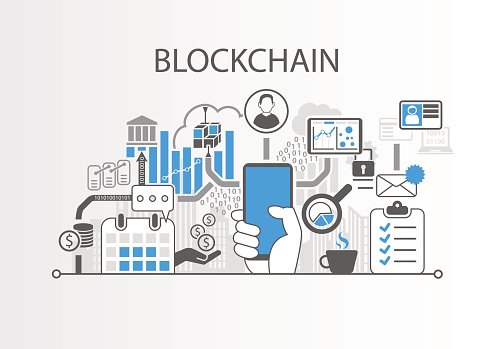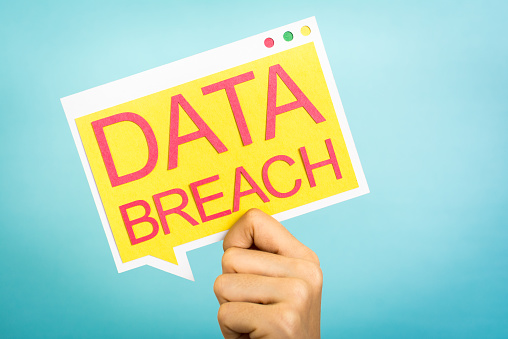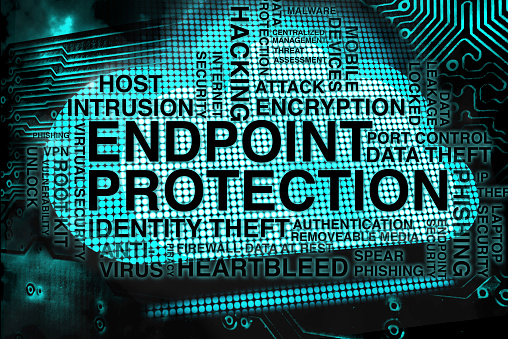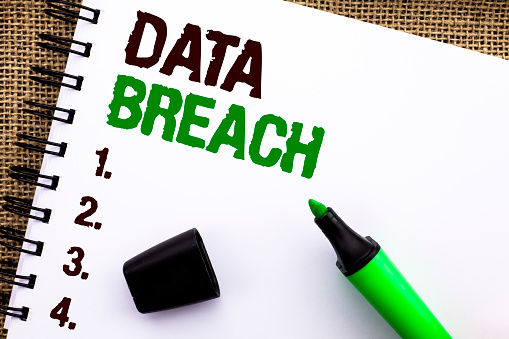EHR interoperability – considered by some to be the “holy grail” of electronic health record systems – may be a little closer than you think. This summer, a new architectural innovation will be implemented that is guaranteed to positively impact the way different EHR systems exchange information with each other.
 o
o
Interoperability
In the context of electronic health records (EHR), Interoperability refers to the ability of healthcare providers using two different EHR systems to be able to exchange patient information. A combination of standards and architecture are required in order to achieve this type of data exchange between different (and often competing) systems, and past attempts have been hampered by a wide variety of issues and concerns. However, things are about to take a dramatic turn through the work of two powerful influences in modern EHR development.
Who Is Involved
The major players in this undertaking are CommonWell Health Alliance and Carequality. Carequality works under the Sequoia Project and provides the necessary framework needed for successful data sharing among EHR systems.
CommonWell Health Alliance, on the other hand, is a network or trade association of EHR vendors. CommonWell’s goal is to make interoperability among EHR vendors a reality. Any medical facilities or doctors who use a major EHR vendor will benefit from this collaboration.
Major Accomplishment in Interoperability
CommonWell and Carequality are preparing to go live with a health information exchange that will allow doctors to share Continuity of Care Documents. This breakthrough in interoperability includes all major EHR vendors as well as the hospitals and clinics that subscribe to them. A doctor in one hospital that subscribes to a major EHR vendor will be able to exchange patient data with any other doctor that also subscribes to a different EHR vendor.
The collaboration between Carequality and CommonWell actually began back in 2016. As a result of this collaboration, Carequality created their own version of CommonWell’s record locator service. This will allow Carequality members to search patients in CommonWell’s network. CommonWell, in turn, implemented Carequality rules, which is making it possible for network members to easily query each other. This phase of interoperability is due to go live this summer, barring any unforeseen delays.
What This Will Mean for Healthcare
Once the current information exchange goes live, an estimated 80% of doctors will be able to share their patient data – even among EHRs that are fierce competitors. For those in the medical field, the ability to share patient information across EHR systems – especially as the interoperability continues to evolve and expand – will support more informed decisions about patient care. Decisions can be made more quickly and providers will have far easier access to critical patient data. This will reduce ambiguity that can adversely affect patient care and recovery. It also enables better and more efficient workflows, and no doubt will have a positive effect on patient satisfaction as patients will receive better quality care.
Current Limitations
The dream is, of course, for a physician to quickly and easily track down tiny details of a patient’s information (e.g., medication allergies). The technology and software have not progressed to that point quite yet. At this stage, physicians using major EHR systems will be able to search for and access Continuity of Care Documentation, which is basically a data dump of information about a patient.
Challenges and Concerns
It is natural that some resistance to cooperation would be present from vendors because it does not seem like good business to facilitate a client’s ability to connect with services from your competitor. Some physicians may have concerns about making it too easy for a patient to seamlessly transfer all their medical records to a different doctor. Another issue that causes difficulty for vendors is that they have clients over a continuum of sizes, from small, one-physician clinics to massive hospitals. Trying to ensure interoperability between clients at opposite ends of the spectrum may be problematic as the architecture progresses further.
Another critical challenge is one that can only be overcome by forging forward: bugs and unforeseen technical issues that arise. These can only be found and dealt with after the interoperability architecture goes live this summer, and actual users begin to interface with it in a clinical setting.
Conclusion
The ultimate goal, according to CommonWell and Carequality, is for a patient’s healthcare information to follow them wherever they go, regardless of what EHR vendor the medical facility uses. This, in turn, means that healthcare information is no longer bound by geographical boundaries. However, this dream cannot become a reality without a robust framework of standards, which is already being successfully developed through the hard work of Carequality. The process will require collaboration among sometimes competing EHR providers, which is already taking place thanks to the CommonWell network community and positive cooperation among vendors.






 Bralin Technology Solutions is excited to welcome Rabia Tinna to the team! Rabia is joining us as a Help Desk Technician, based in our North Battleford Office.
Bralin Technology Solutions is excited to welcome Rabia Tinna to the team! Rabia is joining us as a Help Desk Technician, based in our North Battleford Office.















